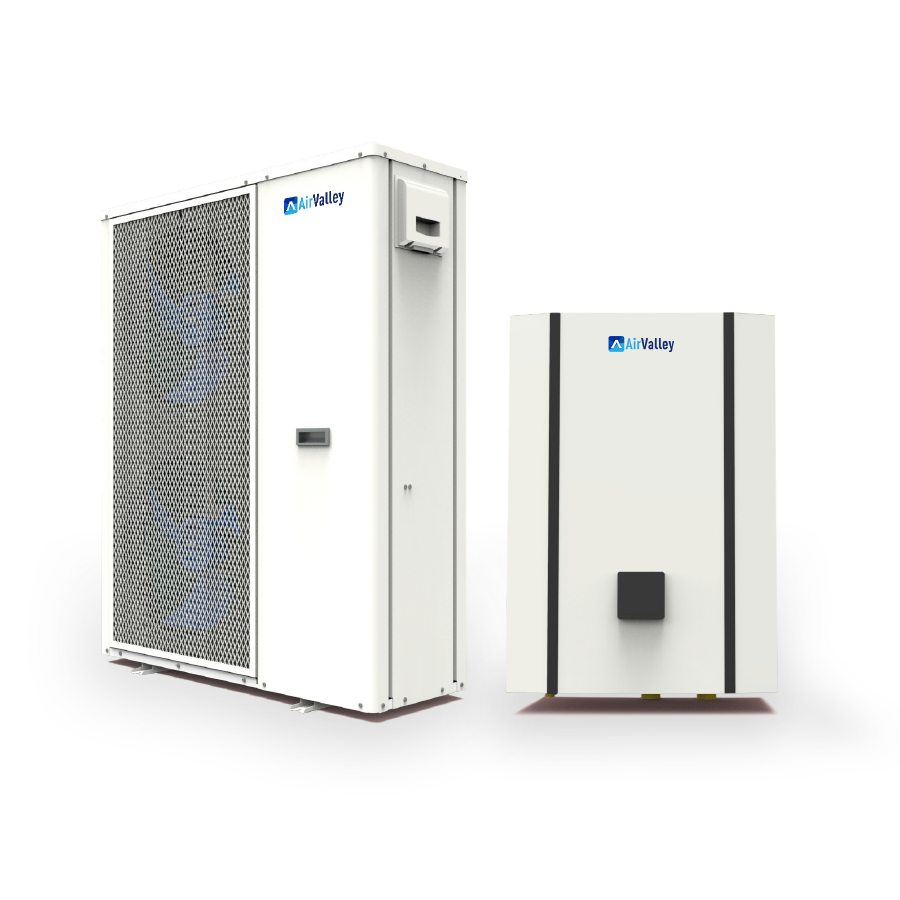Heat pump development and direction

Heat pump development
The history of heat pump development can be traced back to 1748, William Cullen demonstrated artificial refrigeration, Lord Kelvin described the theory of heat pumps in 1852, Peter von Rittinger developed and manufactured the first heat pump in 1855-1857, but It was applied in the industrial field at that time.
China's heat pump industry started later than developed countries and regions in Europe and the United States. After entering the 21st century, it has accelerated its development and shifted from the introduction period to the growth period. With the rapid development of the country's industry and the continuous innovation of heat pump technology research, my country has established a relatively complete heat pump industry chain.
The key development direction of heat pump equipment in the future is intelligence, multi-function and flexibility12.
What is the key development direction of heat pump equipment in the future?
Intelligentization: The intelligentization trend of heat pump products will become more and more obvious, and more intelligent air energy products will be produced, such as air energy fresh air water heaters, air energy water heaters, etc.
Multifunctional: In the future, the application range of heat pump products will become more and more extensive, not only in heating, air conditioning, domestic hot water and other fields will be widely used, but also in solar photovoltaic, energy storage and other fields, for various Combination and utilization of energy to achieve multi-energy complementarity in electricity consumption.
Flexibility: Comprehensive use of multiple low-grade heat source terminals (such as air-cooled heat exchangers, water source heat exchangers, solar collectors, etc.) to complement each other's advantages, collect a variety of low-grade heat sources in nature, and provide them to different heat pump systems , to ensure the defrosting effect of the air-cooled heat exchanger without affecting the normal work of other terminals.
